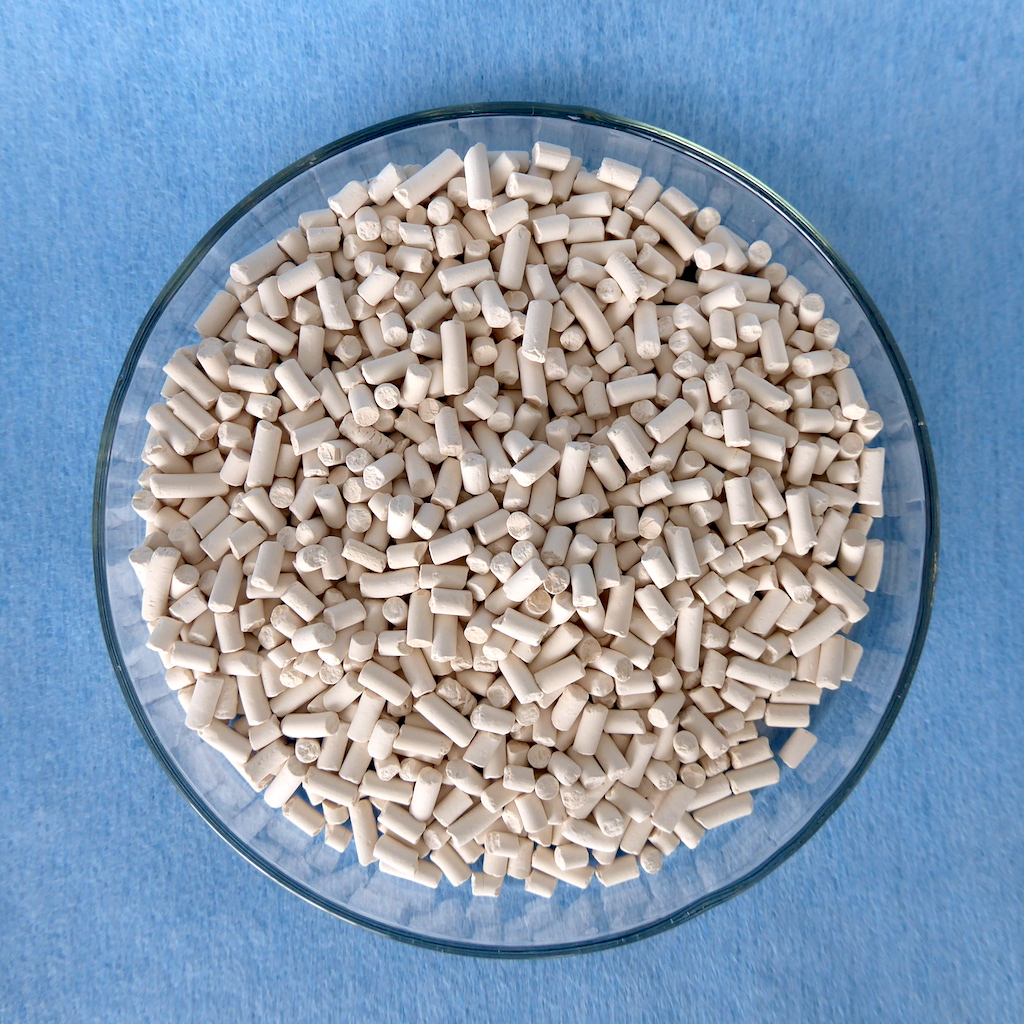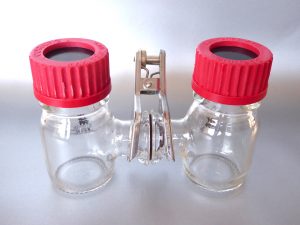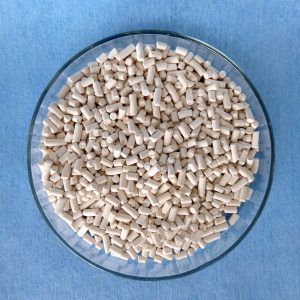
Researchers from the National Renewable Energy Laboratory (NREL) have developed a cheap method for producing high-octane gasoline from methanol. They recently published their method in the journal Nature Catalysis. Methanol can be synthesized from CO2 via various routes, as we reported last year. Biomass, such as wood, is one possibility.
The production of biofuels from wood, however, is too expensive to compete with fossil fuels. To find a solution to this problem, the researchers combined their basic research with an economic analysis. The researchers initially aimed at the most expensive part of the process. Thereafter, the researchers found methods to reduce these costs with methanol as an intermediate.
So far, the cost of converting methanol to gasoline or diesel was about $1 per gallon. The researchers have now reached a price of about $0.70 per gallon.
The catalytic conversion of methanol into gasoline is an important research area in the field of CO2 recovery. The traditional method is based on multi-stage processes and high temperatures. It is expensive, producing low quality fuel in small quantities. Thus, it is not competitive with petroleum-based fuels.
Hydrogen deficiency was the initially problem the researcher had to overcome. Hydrogen is the key energy containing element in hydrocarbons. The researchers hypothesized that using the transition metal copper would solve this problem, which it did. They estimated that the copper-infused catalyst resulted in 38% more yield at lower cost.
By facilitating the reintegration of C4 byproducts during the homologation of dimethyl ether, the copper zeolite catalyst enabled this 38% increase in product yield and a 35% reduction in conversion cost compared to conventional zeolite catalysts. Alternatively, C4 by-products were passed to a synthetic kerosene meeting five specifications for a typical jet fuel. Then, the fuel synthesis costs increased slightly. Even though the cost savings are minimal, the resulting product has a higher value.
Apart from the costs, the new process offers users further competitive advantages. For example, companies can compete with ethanol producers for credits for renewable fuels (if the carbon used comes from biogas or household waste). The process is also compatible with existing methanol plants that use natural gas or solid waste to produce syngas.




